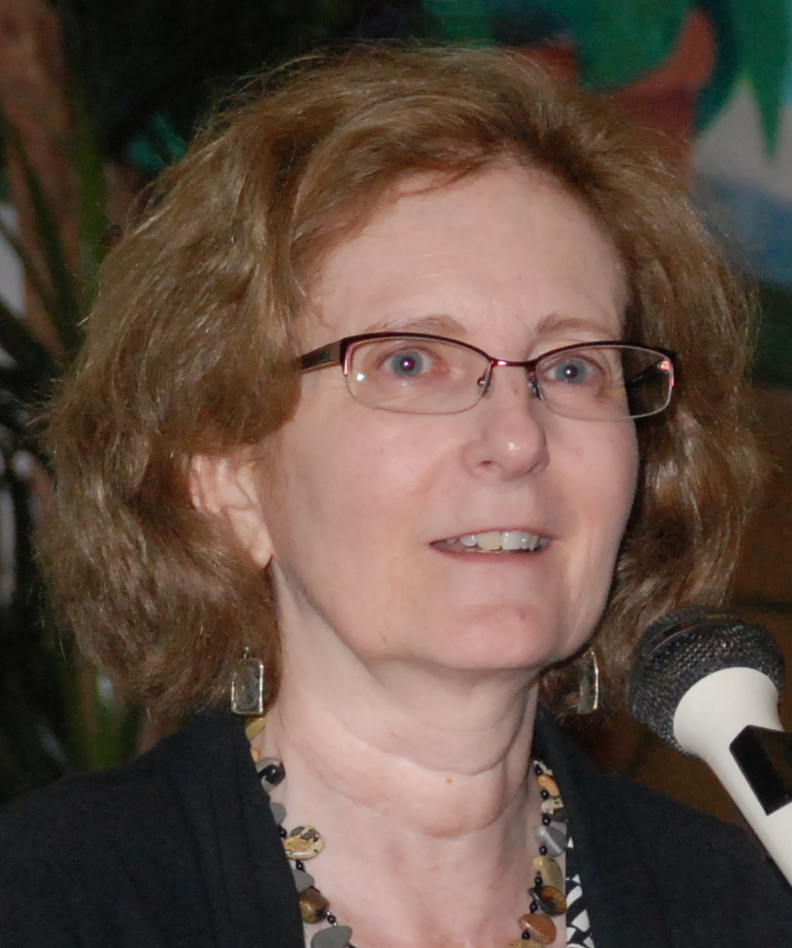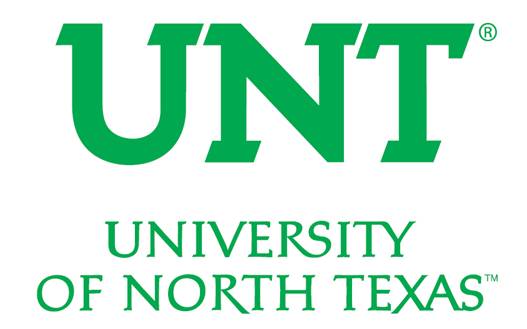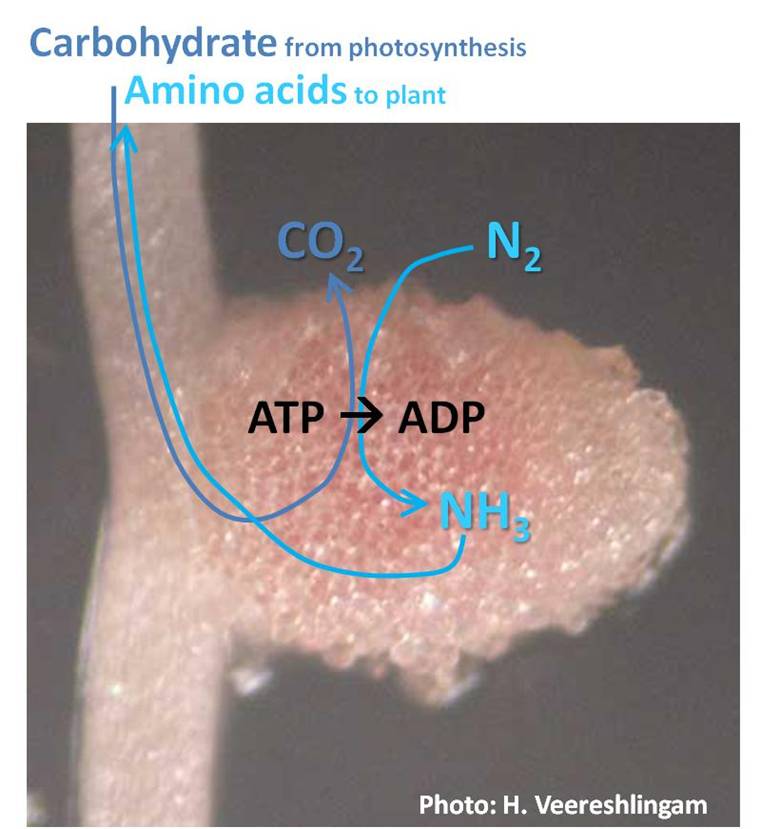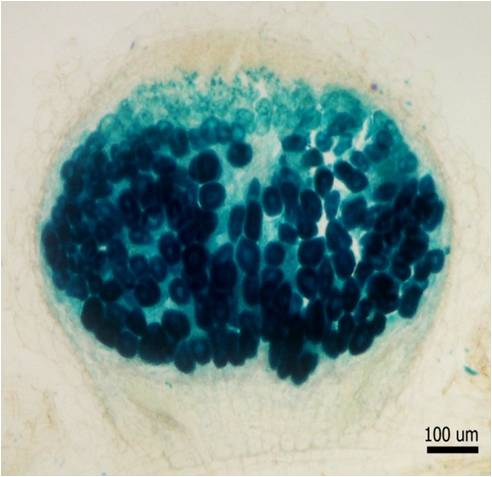
Photo by Dr. S. Banks

| Department of Biological Sciences College of Arts and Sciences University of North Texas |
Dr.
Rebecca Dickstein
Photo by Dr. S. Banks |
 |
| Contact
Information Rebecca Dickstein, Ph.D. Professor Postal Address Department of Biological Sciences, University of North Texas 1155 Union Circle #305220, Denton, TX 76203-5017 Phone: 1-940-565-3359; Fax: 1-940-565-3821 Physical/Delivery Address Life Sciences Complex 1511 West Sycamore RM# LS A114 Denton, TX 76203-5017 Rebecca.Dickstein@unt.edu Education B.S. Biochemistry, Pennsylvania State University Ph.D. Biochemistry, Johns Hopkins University Post doc: Molecular Biology and Genetics, Mass General Hospital and Harvard University Current Courses Biochemistry I Advanced Molecular Biology Signal Transduction and Biochemical Regulation Topics in Contemporary Plant Biology Research Nitrogen is an essential component of all living systems. Symbiotic nitrogen fixation within legume root nodules is a major route for nitrogen to enter the food chain. Symbiotic nitrogen fixing root nodules form on the roots of legumes as a result of interactions between a legume host plant and soil bacteria collectively called rhizobia. Symbiotic nitrogen fixation allows the legume host to thrive in the absence of added nitrogen fertilizer and adds bioavailable nitrogen to agricultural systems and the environment. Dr. Dickstein’s research group's emphasis is to understand the development of symbiotic nitrogen fixing root nodules. Research in the lab is focused rhizobial invasion of the root through specialized structures called infection threads and rhizoial infection of newly divided cells in the developing nodule through a process resembling endocytosis to form novel organelle-like structures in plant host cells called symbiosomes. The lab is also investigating the role of bioavailable nitrogen sources, like nitrate, during nodule development. Most of our current work uses Medicago truncatula, which has been selected as a model species for genetic and genomic studies by an increasing number of researchers. |
|
 |
In symbiotic nitrogen fixing root nodules, the plant provides the nodule rhizobia with carbohydrate from photosynthesis in exchange for the reduced or “fixed” nitrogen from the rhizobia. |
 |
A wild-type Medicago truncatula nodule carrying rhizobia expressing a constitutive lacZ gene was sectioned and stained with X-Gal, a substrate for the b-galactosidase encoded by lacZ, which turns blue when acted on by b-galactosidase. Thus, the blue color reports the location of rhizobia within nodules. (Image, Dr. Catalina Pislariu) |
| Professional Activities American Association for the Advancement of Science American Society of Plant Physiologists Southern Section of the American Society of Plant Physiologists Advisory Board 2012-2016 Chair, 2011-2012 Vice Chair, 2010-2011 Secretary/Treasurer, 2009-2010 International Society for Molecular Plant-Microbe Interactions Advisory Board, UNT Ronald E. Mcnair Post-baccalaureate Achievement Program Recent Publications R.
Bagchi,
R., M. Salehin, O. S. Adeyemo, C. Salazar, V. Shulaev, D. J. Sherrier
and R.
Dickstein (2012). Functional
assessment
of the Medicago NIP/LATD protein demonstrates that it is a high
affinity
nitrate transporter. Plant
Physiology,
pp.112.196444; doi:10.1104/pp.112.196444.
M.
H.
Meckfessel, E. B. Blancaflor, M. Plunkett, Q. Dong, and R. Dickstein
(2012). Multiple
domains in MtENOD8
protein target it to the symbiosome including its signal peptide.Plant
Physiology, 159: 299–310.
C.
L.
Webber, III, R. Dickstein, B.G. Ayre, N.A. D'Souza, K.J. Stevens, K.
Chapman,
M.S. Allen, and K.M. Dagnon. 2011. Monoculture and polyculture: Kenaf (Hibiscus cannabinus) and sunn hemp (Crotalaria juncea). Journal of
Environmental Monitoring and Restoration 7:26-33
J.
M. Harris and R. Dickstein. 2010. Control of root architecture and
nodulation
by the LATD/NIP transporter. Plant
Signaling and Behavior 5, 1386-1390.
C.
R. Yendrek, ,Y.-C. Lee, V. Morris, Y. Liang,
C. I. Pislariu, G.
Burkhart, M. H.
Meckfessel, M. Salehin, H. Kessler, H. Wessler, M. Lloyd, H. Lutton, A.
Teillet, D. J. Sherrier, E.-P. Journet, J. M. Harris and R. Dickstein.
2010. A
putative transporter is essential for integrating nutrient and hormone
signaling with lateral root growth and nodule development in Medicago truncatula. Plant J.
62:
100-112.
L.
Coque, P. Neogi, C. Pislariu, K. A. Wilson,
C. Catalano, M. Avadhani, D. J. Sherrier, and R. Dickstein. 2008.
Transcription
of ENOD8 in Medicago
truncatula nodules directs ENOD8 esterase to developing
and mature symbiosomes. Molecular
Plant
Microbe Interactions 21: p. 404-410.
Native Plants In addition to her work on symbiotic nitrogen fixation, Dr. Dickstein is interested in the importance of native Texas plants to gardens, landscapes and ecosystems in the North Texas region. Native Texas plants can withstand the tough summers in the region and can also provide important food and habitat for birds, butterflies and other wildlife, as well as give local gardens and yards a Texas look. Dr. Dickstein writes a quarterly newspaper column for local newspapers and information sheets for the Natives Instead of Common Exotics (NICE!) program of the local chapter of the Native Plant Society of Texas. |
|
Last Noted Update: September 17, 2012.